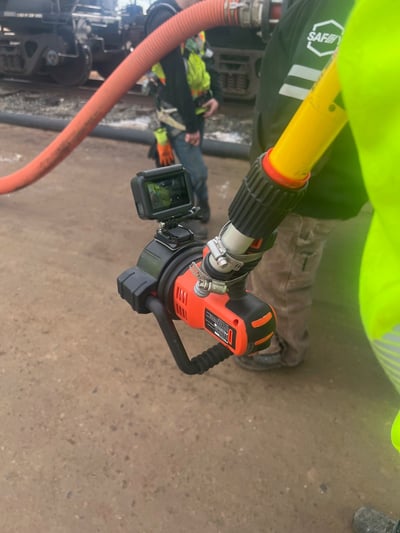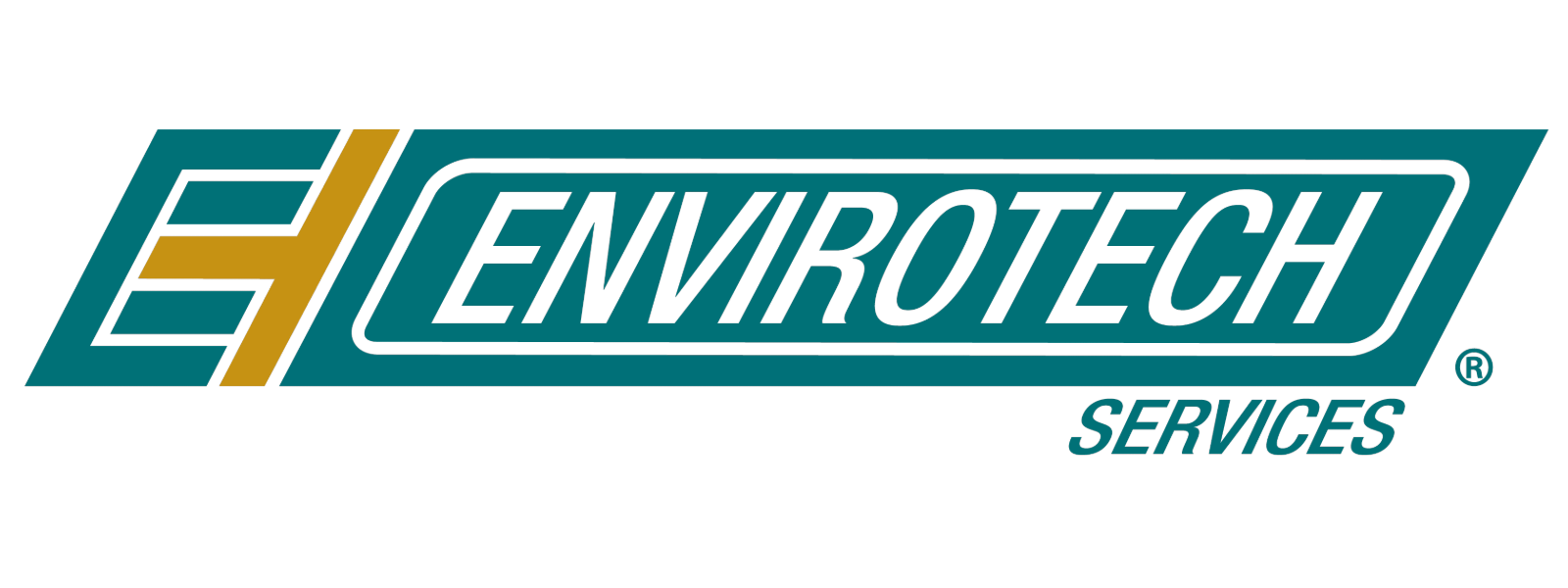How a group of plant technicians came up with a solution to save lives, time, and money
Have you ever thought about what it would be like to go inside a train railcar? Or even how dangerous it could be? Neither did I until I heard about the dangers involved and what they could lead to.
Railcars are often used to haul chlorides and other chemicals, and the residual air quality that remains in and around the railcar creates harmful gases. And the buildup of fallout product in the bottom of the railcars reduces the amount of product that we can deliver to our customers. Risks involved in entering a railcar that has carried these chemicals include irritation to the eyes and respiratory system, headache, dizziness, upset stomach, loss of consciousness, convulsions, or even a coma. But one of the major risks upon entering a railcar is death, by suffering from asphyxiation, all due to those harmful gases being held captive in the railcar!
At many of our plant locations we receive shipments via train. These liquid chemicals are often the base ingredients for our proprietary products used all over the nation. When these railcar shipments come in on a weekly basis, it is our priority to unload the products and clean the railcars immediately before sending them on their way to the next destination. Depending on what the rail car needs, a Certification Cleaning (Cert Clean), Liner Inspection, or simply fallout, they will require different types of cleaning.

Until recently, the process to clean a railcar was tedious and lengthy, and required several people and hours to complete. Here’s how that process began:
- A plant technician would gear up with the proper Personal Protective Equipment (PPE), including an air quality sensor,
- Tether to a rope system for lowering into the car,
- Then power washing and chiseling out the remaining fallout product on the sides and bottom of the railcar.
- Due to poor air quality, one person would only be allowed in the railcar for 30 min at a time before needing to be switched out with a new technician.
- On a normal year, this process would be performed thirty-eight times and would take three people an hour and a half to two hours to complete one railcar.
EnviroTech places the health and safety of the employees above all and has built a dedicated safety team to get ahead of dangers like these and make changes. A group of ESI plant technicians developed a new power sprayer that does not require a person to enter the railcar, as well as a device that will inspect the inside of the railcars, again, without the need for a person to enter the confined space. The thinking outside of the box by our team members led to a whole new process, nearly eliminating all confined space entries, speeding up the process of cleaning and inspecting railcars, as well as reducing the risk of any danger from being inside.
The Gamma sprayer is a proprietary device engineered by the EnviroTech team for the specific use of cleaning these railcars for either Cert Cleans or fallout. By design, a hose with a special sprayer nozzle is lowered into the railcar, once the water is activated, the sprayer spins around inside at 2,200 feet per second, or 1,500 Mph, which equates to the velocity of a 357-magnum bullet! This high-power sprayer strips away any residue from the sides and bottom inside the rail car. Thanks to this The Gamma, the process has sped up power washing from one hour down to just ten minutes and can now be performed up to 80-100 times per year.
 Then there’s the ingenious inspection device our team invented to also remove the need for entering the railcars. When you look at this tool, it seems like such a simple solution. All the items needed to build it can be found either in a person’s garage, or easily picked up locally. It’s amazing to think that a broom handle with a high-powered utility light and GoPro duct taped together at one end -a selfie stick on steroids if you will- would make such an impact on productivity and safety.
Then there’s the ingenious inspection device our team invented to also remove the need for entering the railcars. When you look at this tool, it seems like such a simple solution. All the items needed to build it can be found either in a person’s garage, or easily picked up locally. It’s amazing to think that a broom handle with a high-powered utility light and GoPro duct taped together at one end -a selfie stick on steroids if you will- would make such an impact on productivity and safety.
The ESI Supply Chain team tracks when a car needs a liner inspection, and they are taken care of as they pass through our Evans, Colorado plant. The team performs liner inspections about once a year on every car in the fleet. With this new resourceful system, one person can perform this task. Previously, it was a confined space activity requiring 3 people. It would take about forty-five minutes to an hour to perform, and you were left with several photos of imperfections in the lining that could quickly become confusing. With the new camera system, taking a 360-degree video of the car, it’s much easier to understand the severity and location of the product fallout. To gather all the data, review the video, and fill out the paperwork and upload it to supply chain takes about 10-15 minutes a car. Once that recording is complete, it is immediately downloaded to a smart phone and available for viewing and sending. ESI retains the videos for insurance purposes and better organizational cleanliness.
At ESI we make it a priority to ensure our employees are following safety guidelines, making them feel safe and preventing injury. Employees feel empowered to be innovative, always seeking a better way to get the job done. A huge shoutout to the team for saving time, saving money, and most importantly saving lives.

